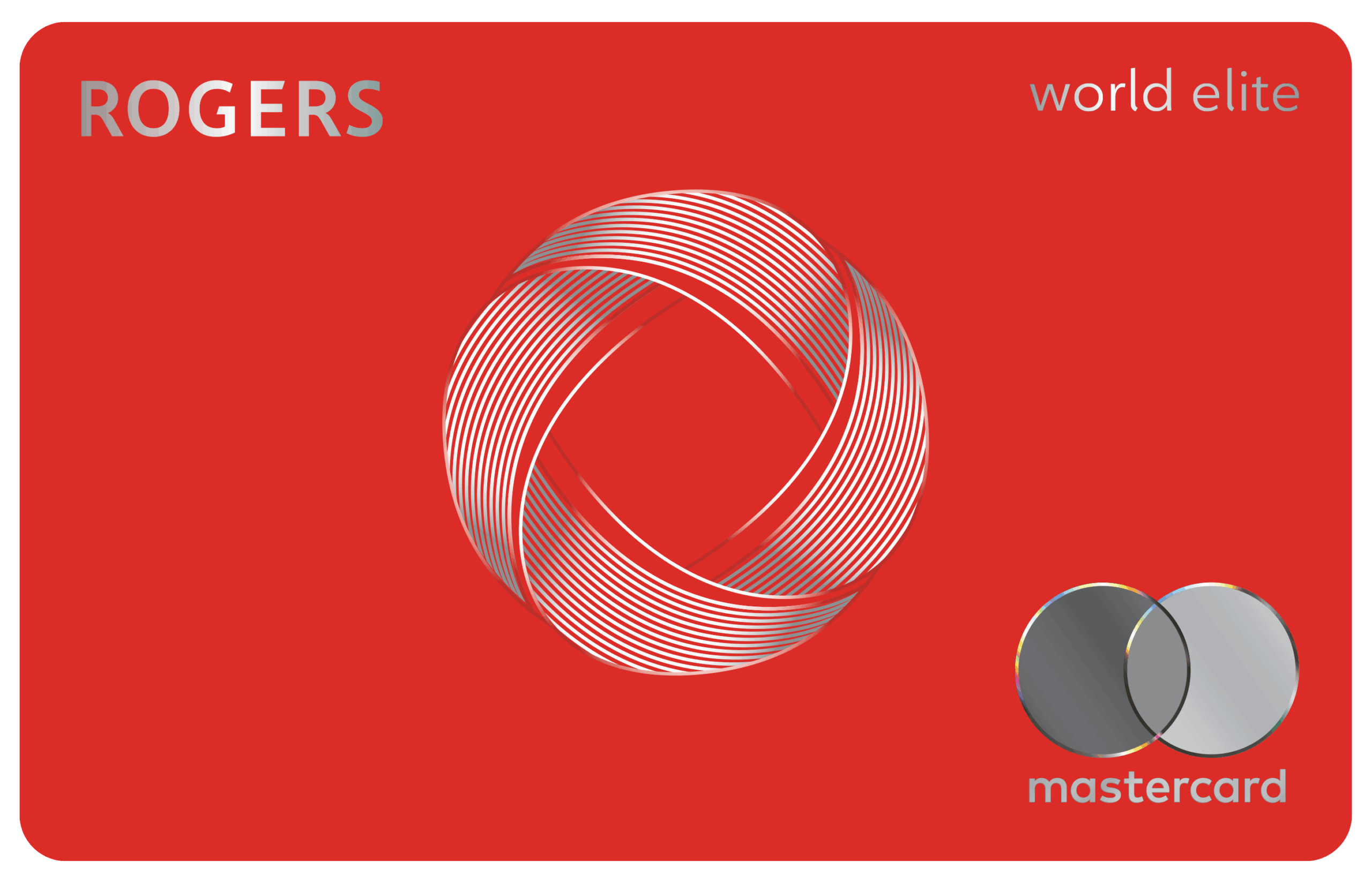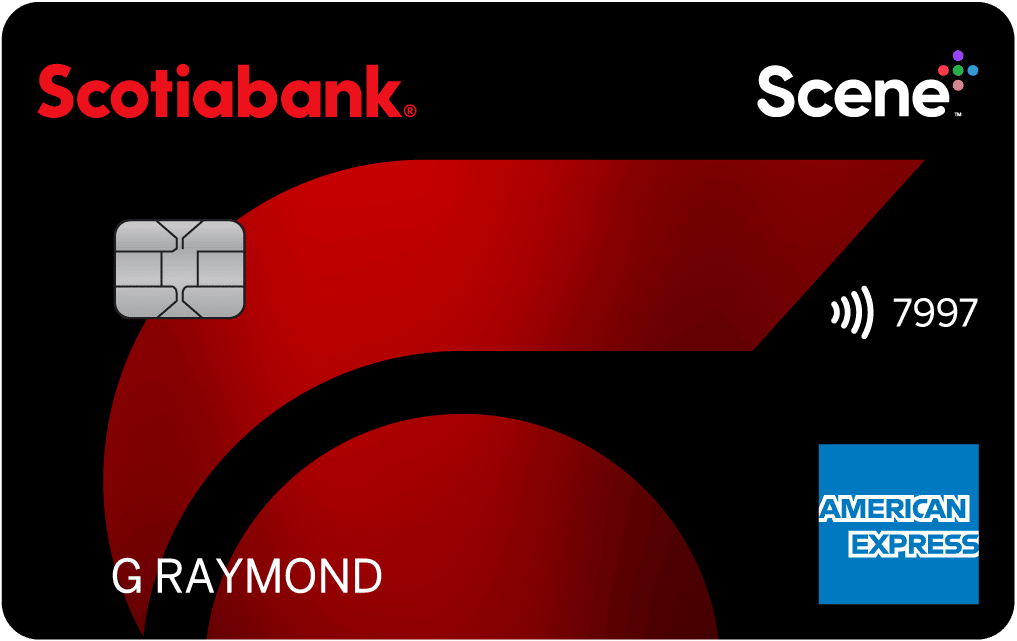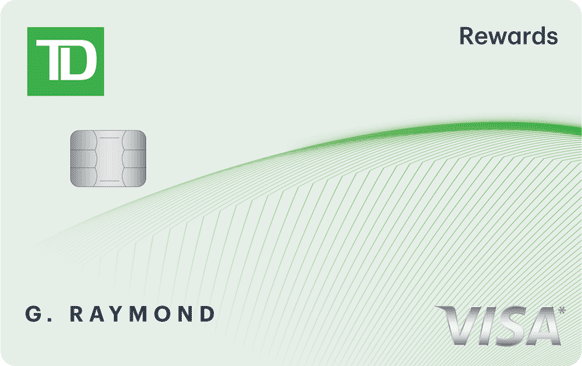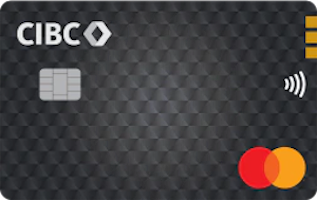Credit cards with no annual fee are a great way to build your credit, start learning about rewards, and keep costs down.
Here are our recommendations for budget-conscious credit card users looking for the best no-fee credit cards in Canada.
Best No Fee Credit Cards
Best Overall No Fee Credit Card
- Earn 10,000 MR points upon spending $1,000 in the first three months
- Plus, earn 1x MR points on all purchases
- Transfer points to airlines or hotels
- Amex Offers and cardholder benefits
- Annual fee: $0
The American Express Green Card is our top choice for Canada’s best no-fee credit card, primarily because of how powerful its rewards are. It’s the only no-fee credit card that earns Membership Rewards points, which can be transferred to frequent flyer programs or hotel partners for high-value aspirational redemptions.
It’s a strong choice for everyday spend, earning 2 MR points per dollar spent on Amex Travel bookings and 1 MR point per dollar spent everywhere else.
Plus, you’ll get all the benefits of being an American Express cardholder, like Amex Offers, Front of the Line event presale tickets, and exclusive invites to other events.
Best Premium No Fee Credit Card
- Earn unlimited 3% cash back on U.S. dollar purchases.†
- Earn unlimited 2% cash back on eligible non U.S. dollar purchases–exclusively for eligible Rogers, Fido, Comwave or Shaw customers.†
- Non-customers earn unlimited 1.5% cash back on eligible non U.S. dollar purchases.†
- Plus, get 1.5x cash back every time you redeem for Rogers, Fido, Comwave or Shaw purchases.†
- Minimum income: $80,000 personal or $150,000 household
- Annual fee: $0
If you prefer to only carry one credit card at a time, the Rogers Red World Elite® Mastercard® is the card for you. It’s one of the rare Mastercards at the premium World Elite level that comes with no annual fee.
The card earns 2% cash back on all purchases if you’re an eligible Rogers, Fido, or Shaw customer, or 1.5% cash back on all purchases if you’re not. This rate is higher than de facto benchmark for other World Elite Mastercards, and very lucrative for a card with no annual fee.
Also, the card gives higher rewards on US-dollar purchases to offset the foreign exchange fee. This gives you peace of mind not to worry about extra costs if you’re doing any online shopping on US sites or going for a jaunt over the border.
As a premium credit card, you’ll get some travel benefits, like 10 days of emergency medical coverage if you’re under the age of 65. The card’s insurance package won’t blow you away, but it’s very useful considering it doesn’t cost you anything.
Whether you like the simplicity of only using one card, or a high earn rate on uncategorized spending at no extra cost, there’s a place for the Rogers Red World Elite® Mastercard® in every wallet.
Best Aeroplan No Fee Credit Card
- Earn 10,000 Aeroplan points upon first purchase†
- Plus, earn 1x Aeroplan points on eligible gas, groceries, electric vehicle charging, and Air Canada purchases†
- Aeroplan preferred pricing on Air Canada flights†
- Minimum income: $15,000 personal or household
- Annual fee: $0
The CIBC Aeroplan® Visa* Card is the most basic Aeroplan co-branded card out there, but it can still be quite useful for Aeroplan members.
While not great for daily spending, it has a welcome bonus of 10,000 Aeroplan points for making your first purchase. For no annual fee and no spending requirement, you’d be hard-pressed to find an easier way to earn towards a free flight!
As for Aeroplan benefits, you’ll get a modest discount (8–15% on most routes, by our calculations) on Aeroplan flight rewards for Air Canada flights thanks to the preferred pricing benefit for cardholders.
If you’re an avid collector of Aeroplan points, then by holding onto the no-fee CIBC Aeroplan® Visa* Card in perpetuity, you can ensure you’ll always receive the preferred pricing discount on all Aeroplan rewards – even if you decide to switch up your other higher-tier Aeroplan cards in the future.
Aside from that, the biggest advantage of this card is that your Aeroplan points will never expire as long as you keep the card open and active.
It’s also a great way for young adults to get started with collecting Aeroplan points. If you can’t qualify for the card or don’t meet the $15,000 annual household income requirement, CIBC offers an identical card just for students.
Best Lifestyle No Fee Credit Card
- Earn 2,500 Scene+ points upon spending $250 in the first three months†
- Earn an additional 2,500 Scene+ points upon spending $1,000 in the first three months†
- Also, earn 3x Scene+ points on Empire grocery stores such as Sobeys, IGA, Safeway, Foodland, and FreshCo
- Plus, earn 2x Scene+ points on dining, groceries, gas, transit, and streaming purchases
- Enjoy the exclusive benefits of being an American Express cardholder
- Annual fee: $0
If you’re always on the go, the Scotiabank American Express® Card ticks all the boxes. You’ll get 2 Scene+ points per dollar spent on dining and groceries, gas and transit, and entertainment including movie theatres and streaming services, not to mention 3 Scene+ points per dollar spent at Empire grocery stores.
It’s great to have a no-fee card with a high earn rate on so many popular categories. Plus, Scene+ points are very easy to redeem for any travel expense booked any way.
You’ll also get the perks of being an American Express cardholder, such as Amex Offers, Front of the Line tickets, and exclusive event invites.
Best No Fee Visa Card
- Earn 15,152 TD Rewards Points when you spend $500 within 90 days of Account opening+†
- Plus, earn 4x TD Rewards Points† on eligible travel purchases when you book through Expedia® for TD†
- Use your rewards for any travel bookings available on Expedia® for TD†
- Annual fee: $0
- Application must be approved on or after January 7, 2025 to receive this offer
The TD Rewards Visa* Card is an excellent entry-level option for earning travel rewards on everyday spending.
You’ll earn the equivalent of 2% back on travel purchases via Expedia® for TD, 1.5% back on groceries and restaurants, 1% back on recurring payments, and 0.5% back on everything else. Those rates are all best-in-class for no-fee credit cards.
TD Rewards Points can be redeemed for anything bookable on Expedia® for TD, including a multitude of flights, hotels, car rentals, vacation packages, and activities. If you need even more flexibility with your rewards, you can redeem for statement credit against any travel expense, albeit at a slightly reduced rate.
Best No Fee Mastercard
- Earn $120 cash back upon spending $1,500 in the first three months
- Then, earn 2% cash back on two categories of your choice
- Plus, get an extra bonus category when you redeem your rewards into a Tangerine Savings account
- For your bonus rewards, choose from groceries, furniture, restaurants, hotel/motel, gas, recurring bill payments, drugstores, home improvement, entertainment, public transportation & parking, e-games, fitness & sports clubs, and foreign currency spend
- Mobile device insurance when you buy your phone with the card
- Minimum income: $50,000 personal or $80,000 household
- Annual fee: $0
Most credit cards lock you into preset categories for bonus rewards. The Tangerine World Mastercard goes the other way, and lets you choose two categories (or three with a Tangerine Savings Account) for the 2% cash back rate.
If you’re trying to maximize your earning rates on as many categories as possible, it’s best to pick ones that cover for the weak spots on your other credit cards. You can also adjust your categories once every three months. This could be very handy if you want to take advantage of a one-off expense in a category that doesn’t have bonuses on any other cards, such as home improvement or furniture stores.
As an added bonus, the Tangerine World Mastercard comes with mobile device protection and rental car insurance, both nice benefits on a no-fee card. Plus, you’ll get Mastercard perks for travellers like DragonPass membership and Boingo Wi-Fi.
If you don’t meet the thresholds of $60,000 annual personal income or $100,000 annual household income, you can instead apply for the Tangerine Money-Back Credit Card. It has the exact same rewards structure, but lacks insurance and travel benefits.
Best No Fee Credit Card for Roadside Assistance
- Earn 4% cash back at Canadian Tire, Sport Chek, Marks, and more
- Plus, earn 3% cash back at grocery stores
- And, earn up to 7 cents per litre in Canadian Tire money on eligible fuel purchases
- Free Canadian Tire Roadside Assistance Gold Plan
- No fee, no interest purchase financing at participating retailers
- Annual fee: $0
The Canadian Tire Triangle World Elite Mastercard is the only card with no annual fee that also offers roadside assistance. For commuters or road-trippers, this is a great free perk that can save you a lot of money compared to an annual auto club membership.
With this card, you get a free membership for the Canadian Tire Roadside Assistance Gold plan. It includes unlimited calls for 24-hour assistance, towing to the destination of your choice within 250 kilometres in Canada and the US, and services such as fuel delivery, flat tire changes, and jumpstarting your battery.
This package is more flexible than what you get from other credit cards that offer roadside assistance, which often won’t tow you as far or as often. When you’re in a pinch, you’ll want the best help available, and half measures just won’t cut it when it comes to car trouble.
As for rewards, the card earns 3% back as Canadian Tire Money on all grocery purchases up to $12,000 spent per year, and 1% back everywhere else. If you shop frequently at Canadian Tire or their affiliated brands, this no-fee card would also be quite strong for everyday use.
Best No Fee Credit Card for Costco Rewards
- Earn
1%3% cash back on restaurants and Costco Gas† - Plus, earn
1%2% cash back on gas and Costco.ca† - Use your credit card as your Costco membership card
- Mobile device insurance
- Annual fee: $0
- Minimum income: $15,000 household
If you’re an avid Costco shopper, the CIBC Costco Mastercard is a good choice.
You’ll earn 3% cash back on restaurants and Costco Gas, 2% back on Costco.ca online purchases and at other gas stations, and 1% back everywhere else.
Rewards are paid out once per year in the form of a Costco coupon, and the card is only available to Costco members. It only makes sense to use as one of your core credit cards if you shop there frequently, but it can be quite beneficial for those who do.
No Fee Credit Cards: What You Need to Know
When choosing a no-fee credit card, you should familiarize yourself with what benefits a no-fee credit card can offer, what features to look out for, and how no-fee credit cards can fit into an optimized overall credit card strategy.
Why get a no-fee credit card?
No-fee credit cards can be useful for anyone. They’re easier to get approved for if you’re younger, earning a lower income, or just starting out building your credit history.
They also enable you to earn basic rewards for free – that way, you’ll always be earning something, even before you’ve learned the ins and outs of how to maximize your rewards points.
Even once you’ve moved your daily spending to cards with better rewards, it’s good to keep a few no-fee cards open and in good standing.
This helps to improve your credit score by keeping your average age of accounts high (which makes up 15% of your score). Also, with a bit of extra unused credit on these cards, your utilization rate (which makes up 30% of your score) will remain lower, which has a major impact on stabilizing your credit score.
As it’s not costing you anything, there’s really no downside. After all, it’s better to have credit and not need it, than to need it and not have it.
What should you look for in a no-fee credit card?
Credit cards with no annual fee generally don’t have as many benefits as higher-end cards. The earn rates and welcome bonuses don’t come close, but there are a few hidden gems for budget-conscious cardholders looking for perks.
Look for credit cards issued by retail stores and smaller financial institutions. These companies offer a few premium-tier credit cards with no annual fee.
In doing so, you can often find high rewards rates or strong perks that compete with what the big banks offer – but usually not both on the same no-fee card.
In particular, some no annual fee cards offer insurance. The packages aren’t as strong as the ones you’ll see on top-tier cards, but some cards offer surprisingly generous coverage for free.
If you have a premium card and decide you’re no longer getting good value for its annual fees, see if you can downgrade it to a no-fee variant with the same bank. Most premium cards have an entry-level version that earns the same type of rewards. By switching, you can keep your points from expiring, which is helpful in case you don’t have plans to use them immediately.
Finally, if you want to try out the benefits of a higher-end premium card but aren’t ready to commit to an ongoing annual fee, many popular cards have ways to reduce or eliminate the annual fee.
You can find signup offers that waive the fee for the first year, bank accounts that include a credit card fee waiver, or cards with annual credits that offset the fee.
What’s the optimal strategy for no-fee credit cards?
No-fee credit cards typically play a small but significant role in a savvy credit card user’s wallet, especially if you’re interested in maximizing your credit cards to travel better.
After all, credit cards with annual fees typically come with stronger welcome bonuses, higher earning rates, and more meaningful benefits. The rewards can often outweigh the annual fee, in which case it makes sense to pay the annual fee to get the card.
In comparison, no-fee credit cards are more limited in their rewards, so the potential upside of a no-fee credit card isn’t too appealing compared to more fulsome credit card products that do command a fee.
If you’re primarily looking to avoid annual fees as you optimize your credit cards, keep in mind that there are ways to get credit cards that do have annual fees without necessarily having to pay for the annual fee.
You could take advantage of First Year Free welcome offers on a variety of credit cards, earning the welcome bonus and enjoying the cards’ benefits in the first year, before deciding after one year whether you’d like to pay the second year’s annual fee.
You could also leverage bank accounts that waive credit card fees in order to avoid paying a credit card’s annual fee on an ongoing basis, year after year.
Having said that, there is one very significant role for no-fee credit cards even for individuals who aren’t hesitant to pay an annual fee when it’s worthwhile: keeping a few no-fee cards open in the long run to support your credit history.
After all, 15% of your credit score is made up of the “average age of accounts” (AAoA) criterion, so you always want to have a few accounts that you’re keeping open forever in order to keep your AAoA as high as possible.
Credit cards with annual fees may not make sense to keep forever. Your preferences might change over time, or you might decide that the card’s benefits no longer justify the annual fee, and thus need to cancel the card.
On the other hand, no-fee cards are ideal to keep around forever without really having to think about them. After all, it’s not costing you anything year after year, just a tiny transaction for good measure to keep the account active.
If you’re looking to optimize your credit card portfolio towards your travel goals, you’ll have the greatest success with the best travel credit cards that do have annual fees, but you’ll always want to have a few no-fee keeper cards open to strengthen your credit score over time.
Frequently Asked Questions
Below are some questions we frequently hear from readers about the best no-fee credit cards in Canada.
What’s the difference between no-fee cards and First Year Free cards?
First Year Free is a welcome bonus promotion: you’ll pay no annual fee for the first year, but you’ll be charged the regular annual fee starting in your second year with the card.
For these credit cards with no annual fee, you’ll never be charged.
Is anyone eligible for a no-fee credit card?
Not necessarily. These cards are often easier to qualify for and most are aimed at the bottom of the market, but that doesn’t mean that they’re always an automatic approval.
Some banks offer specific products like secured cards for people with new or poor credit history, student cards, or even no-fee World Elite Mastercards with a high income requirement.















Your TD Rewards Visa % calculation is wrong. It’s not 4%, 3%, 2% and 1%. It’s only half those values because each point is only worth half a cent.
Not sure if it was already fixed, but the article reads as follows now:
You’ll earn the equivalent of 2% back on travel purchases via Expedia for TD, 1.5% back on groceries and restaurants, 1% back on recurring payments, and 0.5% back on everything else. Those rates are all best-in-class for no-fee credit cards.
Pretty! This has been an extremely wonderful post.
Thank you for providing this information
Simple but very precise information… Thanks for sharing this one.
A must read article!